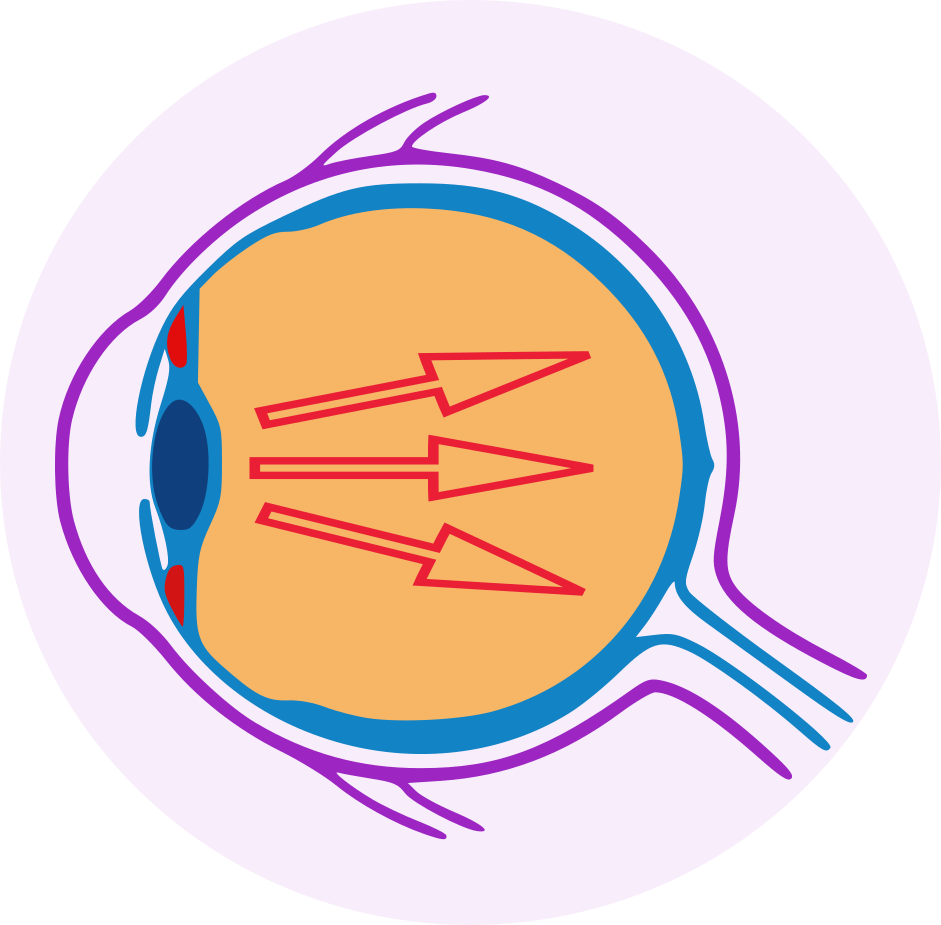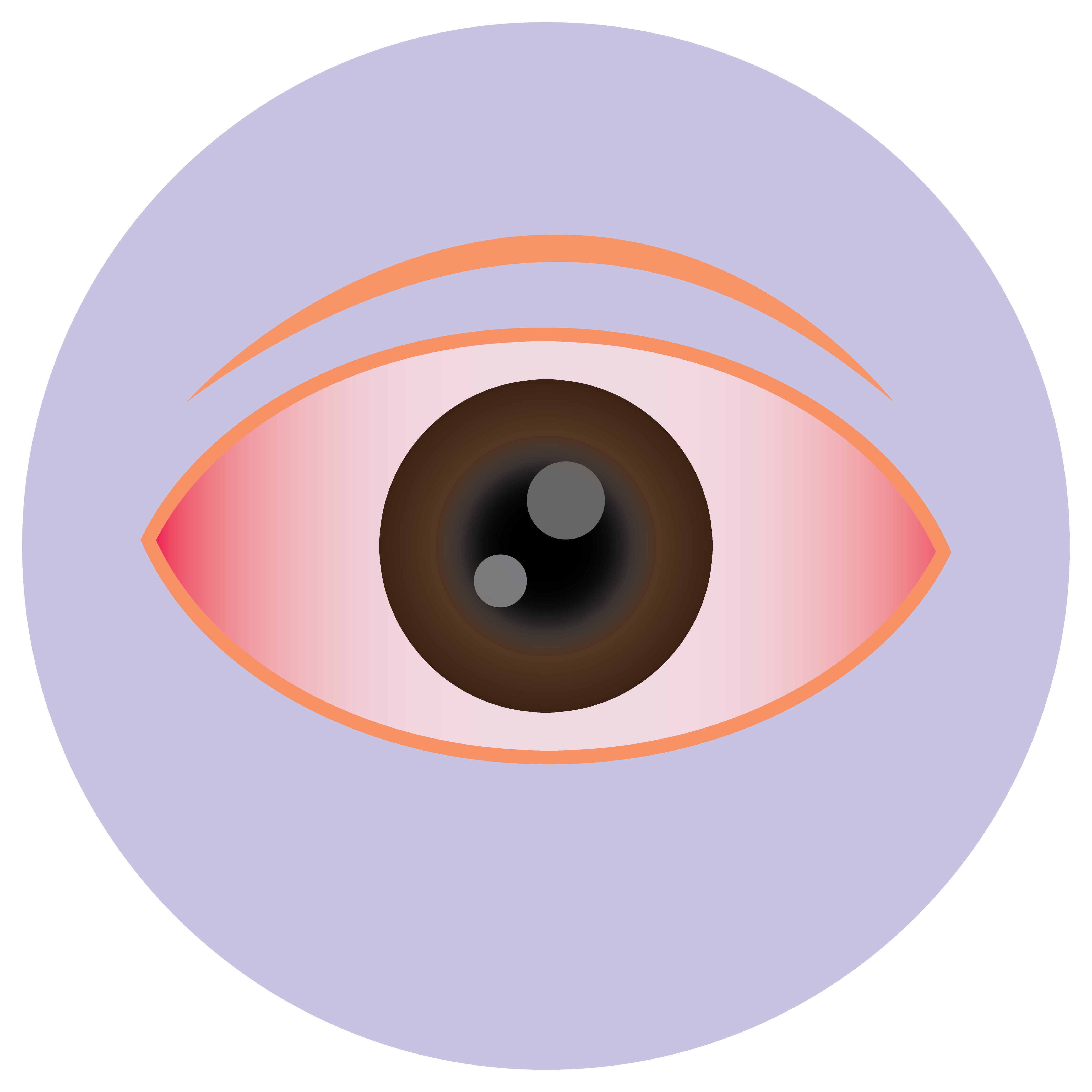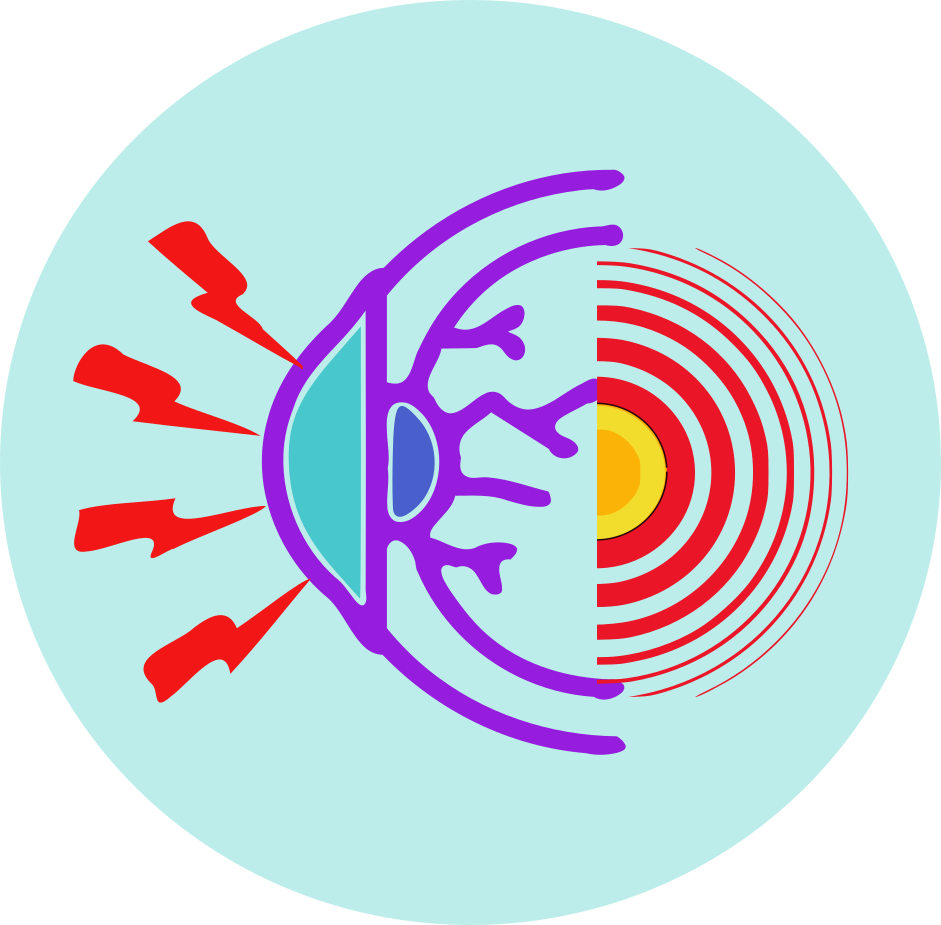| Name | Pilocarpine Hydrochloride |
| Classes |
Central Nervous System Agent Dermatological/Topical Agent Ophthalmic Preparation Glaucoma Agent Cholinergic Agent |
| Diseases |
Dry Mouth Glaucoma |
Pilocarpine Hydrochloride
Pilocarpine hydrochloride is a cholinergic parasympathomimetic agent that works by directly stimulating muscarinic receptors and smooth muscle in the iris and secretory glands. Pilocarpine contracts the ciliary muscle, increasing scleral spur tension and opening trabecular meshwork spaces to allow aqueous humor outflow. Outflow resistance is reduced, resulting in lower intraocular pressure (IOP). Pilocarpine causes miosis by contracting the iris sphincter muscle. Miosis alleviates appositional angle narrowing and closure, lowering IOP in angle-closure glaucoma.
Pilocarpine hydrochloride is indicated for-
- The reduction of elevated intraocular pressure (IOP) in patients with open-angle glaucoma or ocular hypertension
- The management of acute angle-closure glaucoma
- The prevention of postoperative elevated IOP associated with laser surgery
- The induction of miosis
Instill one drop in the eye(s) up to four times daily.
Most common adverse reactions are-
- headache/browache
- accommodative change
- eye irritation
- eye pain
- blurred vision
- visual impairment
- Poor lighting: Use caution when driving at night and performing other hazardous occupations in poor lighting.
- Pre-existing retinal disease: Although rare cases of retinal detachment have been reported, all patients should have a thorough examination of the retina, including funduscopy, prior to starting therapy.
- Iritis: Patients with iritis should exercise caution.
- Congenital glaucoma: Caution is advised for IOP control in pediatric patients with primary congenital glaucoma, as cases of paradoxical increase in IOP have been reported.
Contraindication
None known.
None known.
None known.
 Bangla
Bangla English
English




